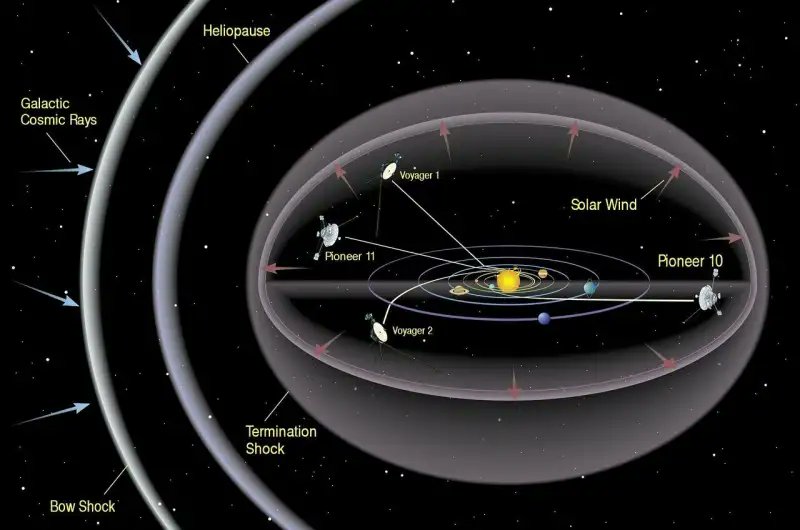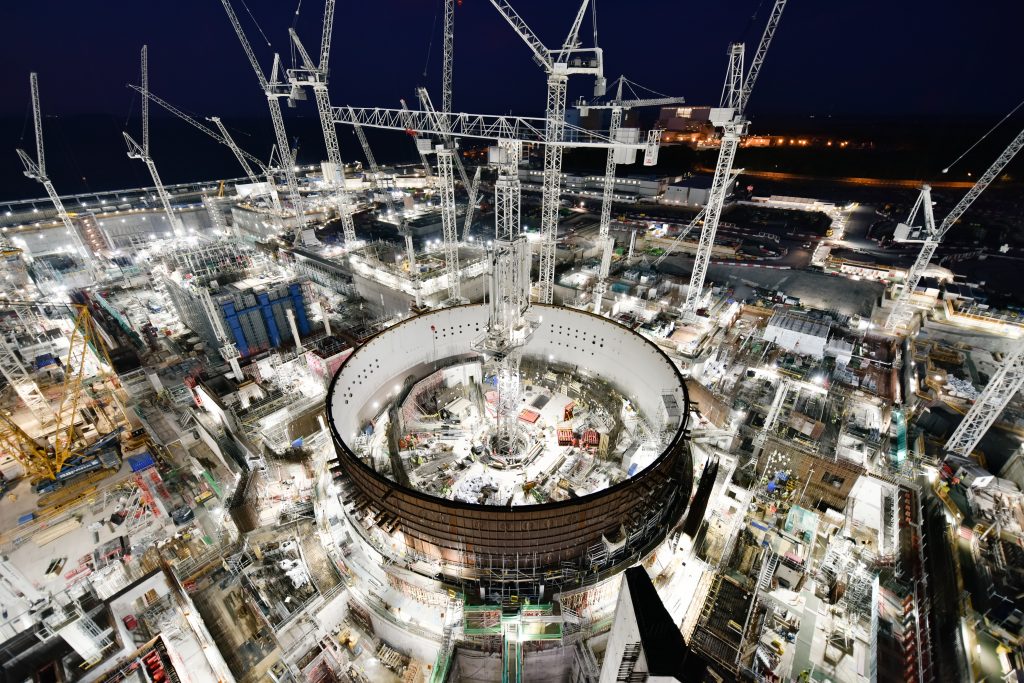We all know the SR-71 Blackbird: The American cold war super-spyplane. It was based on the Lockheed A-12 design, which won a competition against Convair in 1959 to produce the iconic aircraft.
But the A-12 was just the 12th design iteration. There were others.
Read on...
But the A-12 was just the 12th design iteration. There were others.
Read on...

It was commissioned to replace the equally iconic, and difficult to fly, U2 'Dragon Lady': A spybird with a 70,000ft service ceiling, whose window of service was expected to be short.
It's successor was required to beat that, using higher speed, higher altitude and lower RCS.
It's successor was required to beat that, using higher speed, higher altitude and lower RCS.

In 1956, Lockheed Chief Engineer Kelly Johnson kicked off project SUNTAN, to which only 25 people were cleared: A Mach 2.5 capable hydrogen fuelled aircraft, capable of a 99,000ft service ceiling, yielding the CL-400 design, a 300ft long hydrogen burning behemoth.




Far ahead of it's time, dogged by technical issues and incapable of long range, SUNTAN was closed down in 1959, setting the stage for the Archangel program.
@ToughSf does a good thread on the CL-400:
@ToughSf does a good thread on the CL-400:
https://twitter.com/ToughSf/status/1016776331806339072?t=noyqEeDg6DbOTepRUCZ1gA&s=19
@ToughSf But Lockheed was not the only company vying to replace the U2. The Convair FISH concept was a ramjet powered & boosted parasite craft launched from a B58. Theoretically capable of Mach 4 & topping out at 90,000ft, it would be boosted by a jettisonable twin ramjet booster. 

@ToughSf A lifting body design, it would have managed aerodynamic heating through a 'Pyroceram' ceramic layer on the leading edges over a honeycomb steel structure and would land by opening intakes to two small turbojets.




@ToughSf Recap: A ramjet is a simple form of jet engine for high speed only: Lacking compressors, it compresses air with forward motion, typically decelerating air subsonic for combustion by inlet shock generation. A convergent-divergent duct allows expansion into a supersonic exhaust. 

@ToughSf Archangel.
The Lockheed team iterated Archangel 1 & 2: A1 was 167ft long with a Delta wing, cruciform tail & two J58s in wing root pods, designed to cruise at Mach 3 between 83 and 93 thousand feet. It would have a 102,000 lb max takeoff weight.


The Lockheed team iterated Archangel 1 & 2: A1 was 167ft long with a Delta wing, cruciform tail & two J58s in wing root pods, designed to cruise at Mach 3 between 83 and 93 thousand feet. It would have a 102,000 lb max takeoff weight.


@ToughSf Archangel 2 was shorter but heavier still, and incorporated two 75 inch ramjets at the wingtip, powered by high energy but volatile and toxic ethyldecaborane for a Mach 3.2 cruise at 94 to 105 thousand feet. 

@ToughSf Ethyldecaborane was a high energy fuel Investigated in the 50s to enhance jet aircraft range. Borane fuels have a specific energy potentially 40% higher than kerosene, but the toxic exhaust and corrosive solid products makes them hazardous for turbine engines and ground crew. 

@ToughSf Both the A2 & the competing FISH were rejected, specifically for weight on the former and platform risk in the latter. More generically due to the unresolved radar cross section reduction requirement on both.
Rapid design iteration commenced...
Rapid design iteration commenced...

@ToughSf The A-3 was smaller, swapping the J58s for 2 modified P&W JT-12 Turbojets, coupled with wingtip ethyldecaborane ramjets on a high wing mount semi-tailless configuration.
The A-4 introduced a blended wing/body planform, the A-5 a triple rocket assist powerplant.
And the A-6...
The A-4 introduced a blended wing/body planform, the A-5 a triple rocket assist powerplant.
And the A-6...

@ToughSf The A-6 was quite beautiful.
The Lotus Elise of the program so far, it foreshadowed some final design features. A blended low RCS wing/body with inward canted tailfins, it featured a single J58 & two conformal ramjets. Weight was reduced with detachable landing gear.
The Lotus Elise of the program so far, it foreshadowed some final design features. A blended low RCS wing/body with inward canted tailfins, it featured a single J58 & two conformal ramjets. Weight was reduced with detachable landing gear.

@ToughSf At this stage both companies' projects were hit with harsh truths:
*Performance and low RCS don't pull in the same direction.
*Parasite craft are too risky.
*HEF fuels are too difficult to handle.
*The lightweight designs can't give enough range.
*The customer wants results!
*Performance and low RCS don't pull in the same direction.
*Parasite craft are too risky.
*HEF fuels are too difficult to handle.
*The lightweight designs can't give enough range.
*The customer wants results!

@ToughSf Focus on the J58!
The Pratt & Whitney J58 was unique. Designed for very high speed use at speeds limiting conventional turbomachinery, it ducted 20% of compressor air to cool & enhance a ram-effect cruise afterburner.
The Pratt & Whitney J58 was unique. Designed for very high speed use at speeds limiting conventional turbomachinery, it ducted 20% of compressor air to cool & enhance a ram-effect cruise afterburner.

@ToughSf Non-scramjet engines combust air that is compressed & subsonic. This also heats air, & material temperature limits what can be done.
At high Mach (2.5-3) most of the compression work is performed by the inlet & turbomachinery just adds drag, so 'ramjet' functionality is useful.
At high Mach (2.5-3) most of the compression work is performed by the inlet & turbomachinery just adds drag, so 'ramjet' functionality is useful.

@ToughSf Johnson went back to the drawing board, optimizing performance focused concepts centred on the J58. The resulting A-11 was elegant if conventional and would complete a 13,000 míle mission with two refuellings.
However it had the RCS of a bomber. Not acceptable. Program extended.
However it had the RCS of a bomber. Not acceptable. Program extended.

@ToughSf Lockheed's final proposal, the A-12.
Nothing was put to waste, even the fuel doubled as coolant. The fuselage was titanium semi-monocoque, with long leading edge chines assembled with interlocking sawtooth wedges of titanium and radar absorbing composite.


Nothing was put to waste, even the fuel doubled as coolant. The fuselage was titanium semi-monocoque, with long leading edge chines assembled with interlocking sawtooth wedges of titanium and radar absorbing composite.


@ToughSf The competition: The Kingfish.
In many ways more ambitious: This stealthy Mach 3.2 delta was Convair's entry for Project Oxcart. In the end however the A-12's lower technical risk, plus Lockheed's history of delivering such projects on-time & budget won. The A-12 was the victor.


In many ways more ambitious: This stealthy Mach 3.2 delta was Convair's entry for Project Oxcart. In the end however the A-12's lower technical risk, plus Lockheed's history of delivering such projects on-time & budget won. The A-12 was the victor.


@ToughSf And so began the A-12 story with the CIA, and later the SR-71 with the USAF, and the family tree the aircraft spawned. But this, and the manufacturing and design challenges of the aircraft & powerplant, deserve their own thread.
Hope you enjoyed this!



Hope you enjoyed this!



• • •
Missing some Tweet in this thread? You can try to
force a refresh





















